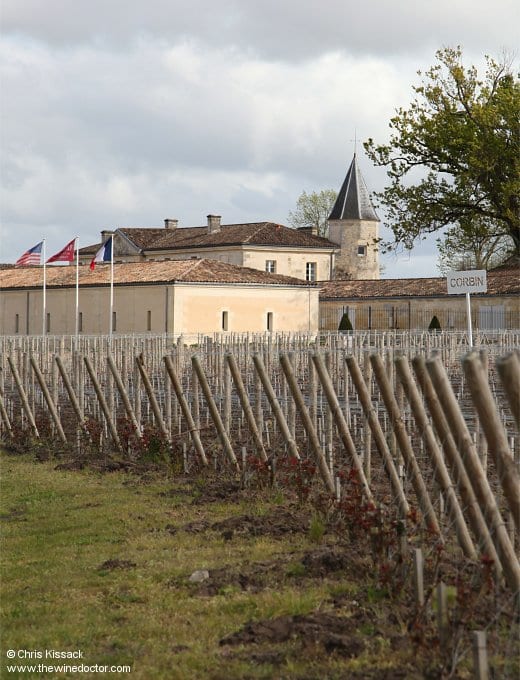Château Corbin
The story of Château Corbin dates back many hundreds of years, to a time when the land in this corner of the St Emilion vineyard belonged to the seigneurie of Corbin. This extensive estate was the origin a number of modern-day domaines, many of which clearly declare their allegiance to the Corbin of old in their names. These estates naturally include Château Corbin among their number, but other nearby estates which share this origin include Château Grand Corbin, Château Grand Corbin-Despagne, Château Corbin-Michotte and Château Grand Corbin Manuel, to name but a handful.
With a common origin, many of these châteaux share much of their early history, which I present here. If this all seems too familiar, skip forward to the paragraphs concerning the Giraud family, on page two of this profile, where Château Corbin finally appears as a separate entity in individual hands.
Origins
The earliest records concerning the Corbin seigneurie date to the 13th century, when Arnaud de Corbin was seigneur in the 1270s. It was a very important seat in the region, and in the near proximity only the Figeac seigneurie was more significant. Its grandeur may well have been matched by the status of the seigneur; it is said by some to have subsequently come into the possession of Edward of Woodstock (1330 – 1376), the son of King Edward III of England (1312 – 1377) who was not uncommonly referred to as the Black Prince. Given that Edward III was the son of Isabella of France, and had more than one French king among the male members of his family, it is perhaps unsurprising that he and his son should see themselves as the rightful owners of various parts of the French kingdom. After all it was this conviction, and the consequent tensions between Edward III and Philip VI of France, that eventually boiled over into the Hundred Years’ War, beginning in 1337.

Please log in to continue reading:
